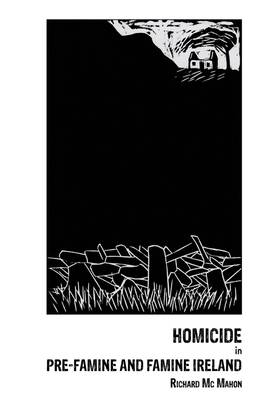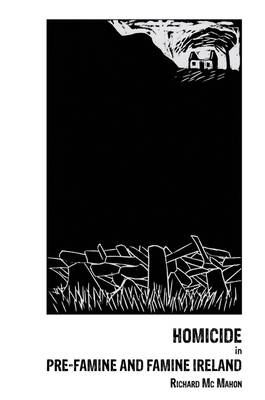
Door een staking bij bpost kan je online bestelling op dit moment iets langer onderweg zijn dan voorzien. Dringend iets nodig? Onze winkels ontvangen jou met open armen!
- Afhalen na 1 uur in een winkel met voorraad
- Gratis thuislevering in België vanaf € 30
- Ruim aanbod met 7 miljoen producten
Door een staking bij bpost kan je online bestelling op dit moment iets langer onderweg zijn dan voorzien. Dringend iets nodig? Onze winkels ontvangen jou met open armen!
- Afhalen na 1 uur in een winkel met voorraad
- Gratis thuislevering in België vanaf € 30
- Ruim aanbod met 7 miljoen producten
Zoeken
Omschrijving
Was pre-Famine and Famine Ireland a violent society? The dominant view among a range of commentators at the time, and in the work of many historians since, is that violence was both prevalent and pervasive in the social and cultural life of the country. This book explores the validity of this perspective through the study of homicide and what it reveals about wider experiences of violence in the country at that time. The book provides a quantitative and contextual analysis of homicide in pre-Famine and Famine Ireland. It explores the relationship between particular and prominent causes of conflict - personal, familial, economic and sectarian - and the use of lethal violence to deal with such conflicts. Throughout the book, the Irish experience is placed within a comparative framework and there is also an exploration of what the history of violence in Ireland might reveal about the wider history of interpersonal violence in Europe and beyond. The aim throughout is to challenge the view of nineteenth-century Ireland as a violent society and to offer a more complex and nuanced assessment of the part played by violence in Irish life.
Specificaties
Betrokkenen
- Auteur(s):
- Uitgeverij:
Inhoud
- Aantal bladzijden:
- 232
- Taal:
- Engels
Eigenschappen
- Productcode (EAN):
- 9781846319471
- Verschijningsdatum:
- 27/11/2013
- Uitvoering:
- Hardcover
- Formaat:
- Genaaid
- Afmetingen:
- 163 mm x 236 mm
- Gewicht:
- 544 g

Alleen bij Standaard Boekhandel
+ 223 punten op je klantenkaart van Standaard Boekhandel
Beoordelingen
We publiceren alleen reviews die voldoen aan de voorwaarden voor reviews. Bekijk onze voorwaarden voor reviews.











